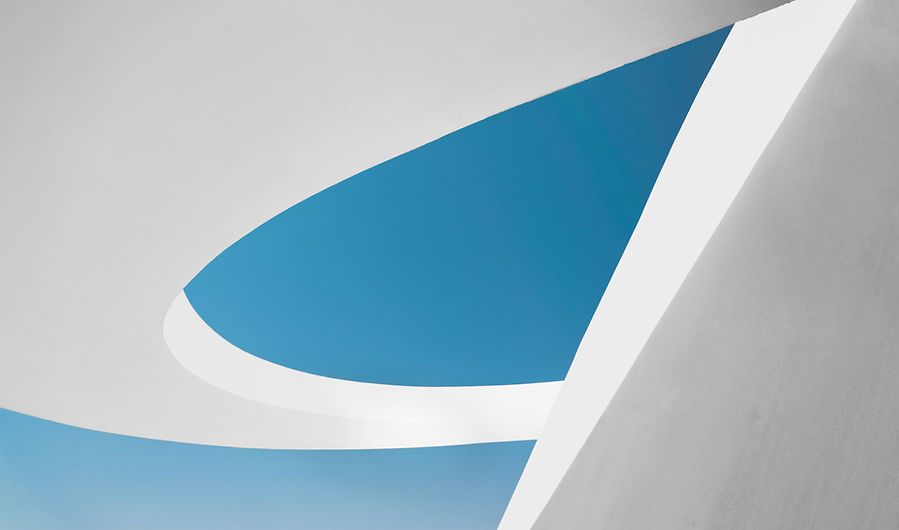Rocks

When selecting rocks for your aquarium, it's important to consider both their visual appeal and how they will affect your tank's environment. Rocks can influence water chemistry, biological filtration, and even the behavior of your fish. Here, we will compare three common types of aquarium rocks: Lava Rock, River Stone, and Slate.

Lava Rock
Lava rock is a porous volcanic rock often used in aquariums for both practical and aesthetic reasons. Its texture and lightweight properties make it easy to handle and arrange in various aquascapes. Lava rock is particularly valued for its filtration capabilities due to its high surface area.
Pros:
-
Excellent Biological Filtration: The porous texture of lava rock offers a large surface area for beneficial bacteria to grow, which aids in biological filtration.
-
Lightweight: Lava rock is relatively light compared to many other types of rocks, making it easy to move, arrange, and manage in your aquarium.
-
Affordable: It tends to be one of the most budget-friendly rock options for aquariums.
-
Neutral pH: Lava rock does not significantly alter the pH of your aquarium water, making it safe for a wide range of fish species.
-
Aesthetic Appeal: It offers a natural, rugged appearance that mimics volcanic rock formations, adding texture to your aquascape.
Cons:
-
Debris Trapping: The porous surface can trap debris like uneaten food or waste, requiring regular maintenance to avoid buildup.
-
Aesthetic Limitation: While it works well in certain aquascaping styles, its rough, dark appearance may not fit all tank designs.
Price: Typically ranges from $5 - $15 per pound, depending on size and quality.
River Stone
River stones are smooth, rounded rocks typically found in riverbeds. They come in a variety of colors and sizes, and are often used in aquariums to create natural-looking aquascapes that resemble river or stream environments.
Pros:
-
Smooth Texture: River stones have a smooth, rounded texture that gives them a polished appearance. They’re great for creating natural, flowing designs.
-
Aesthetic Variety: River stones come in various colors, from earthy browns and greens to more vibrant shades. This versatility allows you to create different looks depending on your tank's design.
-
Stable in Water: River stones do not affect the water chemistry in most cases, so they’re ideal for tanks with fish that require neutral to slightly alkaline water.
-
Great for Aquascaping: Their smooth edges make them easy to stack, creating cascading effects or natural stone formations in aquascaping.
Cons:
-
Limited Biological Filtration: While aesthetically pleasing, river stones do not have the same porous surface area as lava rock, meaning they do not offer significant biological filtration benefits.
-
Heavier: Some larger river stones can be heavy, making them more difficult to move and position in your tank.
-
Can Be Expensive: River stones, particularly high-quality or colorful varieties, can be more expensive than other options.
Price: Typically ranges from $10 - $30 per pound, depending on size, quality, and color.
Slate
Slate is a flat, layered rock often used in aquascaping to create horizontal surfaces and dramatic visual effects. Slate can vary in color, but it generally comes in shades of dark gray, black, or green. It's commonly used for stacking, creating caves, or adding structured layers to a tank.
Pros:
-
Great for Aquascaping: Slate is perfect for creating horizontal layers, caves, and structures in your aquarium. It’s ideal for building natural-looking, complex aquascapes.
-
Stable and Durable: Slate is a durable, solid rock that can withstand handling and is less likely to break or chip during setup.
-
Doesn’t Affect Water Chemistry: Slate generally has a neutral pH and will not alter the hardness or acidity of the water, making it suitable for most freshwater tanks.
-
Aesthetic Appeal: Slate’s layered appearance creates a dramatic and structured look, ideal for creating caves and hiding spots for fish.
Cons:
-
Heavy: Slate rocks can be quite heavy, making them difficult to arrange in the tank. They require careful placement to ensure they don’t destabilize your setup.
-
Sharp Edges: Depending on the shape of the slate pieces, the edges can be sharp. While this may be perfect for creating caves and hiding spots, it could potentially injure delicate fish, particularly bottom dwellers like shrimp or snails.
-
Not Ideal for Small Tanks: Due to their large and heavy nature, slate may not be suitable for smaller aquariums with limited space.
Price: Typically ranges from $7 - $20 per piece, depending on size and quality.
Conclusion
Each of these rocks—Lava Rock, River Stone, and Slate—has its own unique benefits and drawbacks, making them suitable for different types of aquascapes and tank setups.
-
Lava Rock is a great option if you're looking for filtration benefits and a budget-friendly option with a rugged appearance.
-
River Stone provides a smoother, more polished look that is perfect for natural, flowing designs, though it offers fewer filtration benefits.
-
Slate is ideal for creating structured, layered aquascapes and caves but can be heavy and difficult to manage in smaller tanks.
